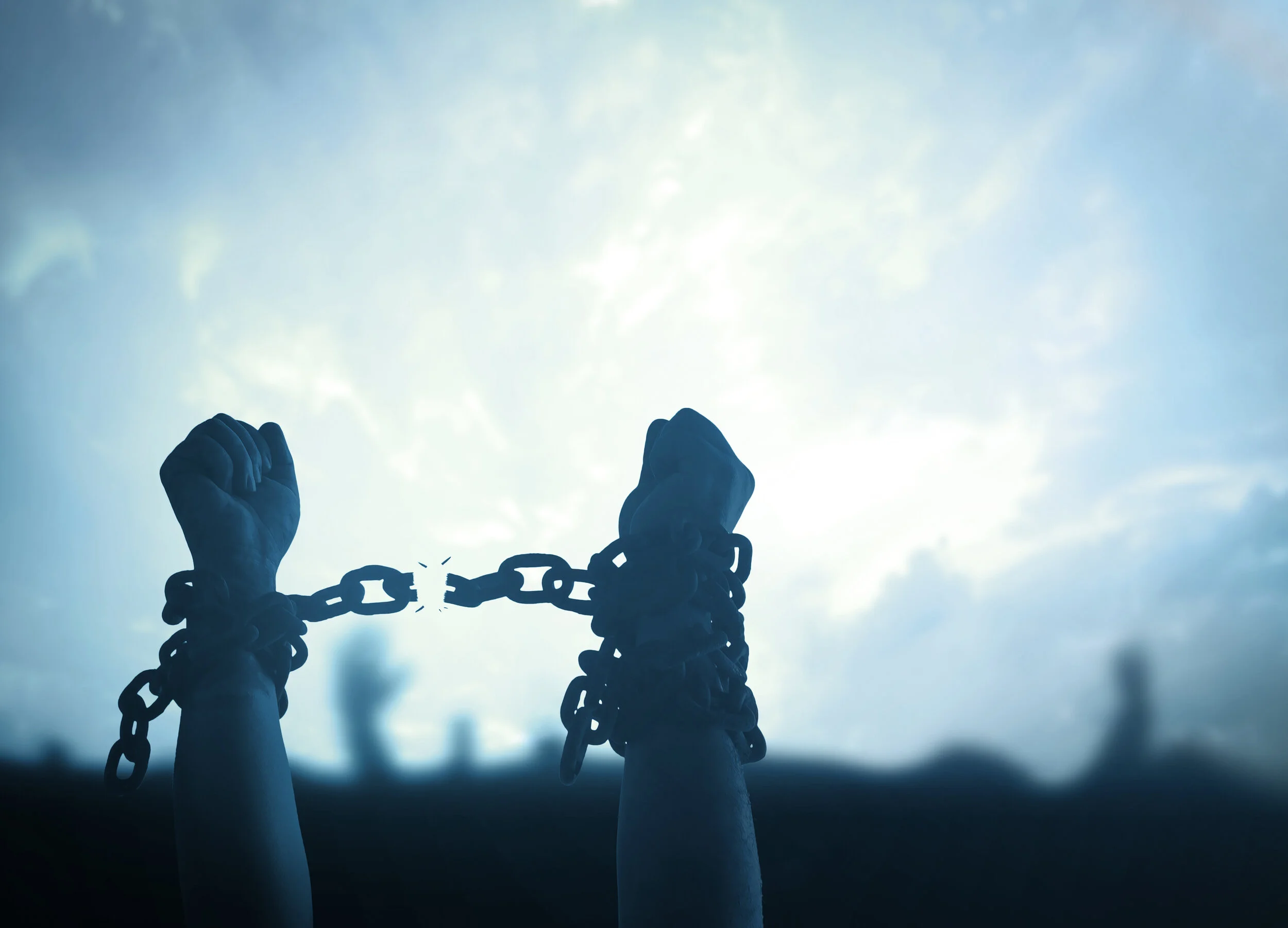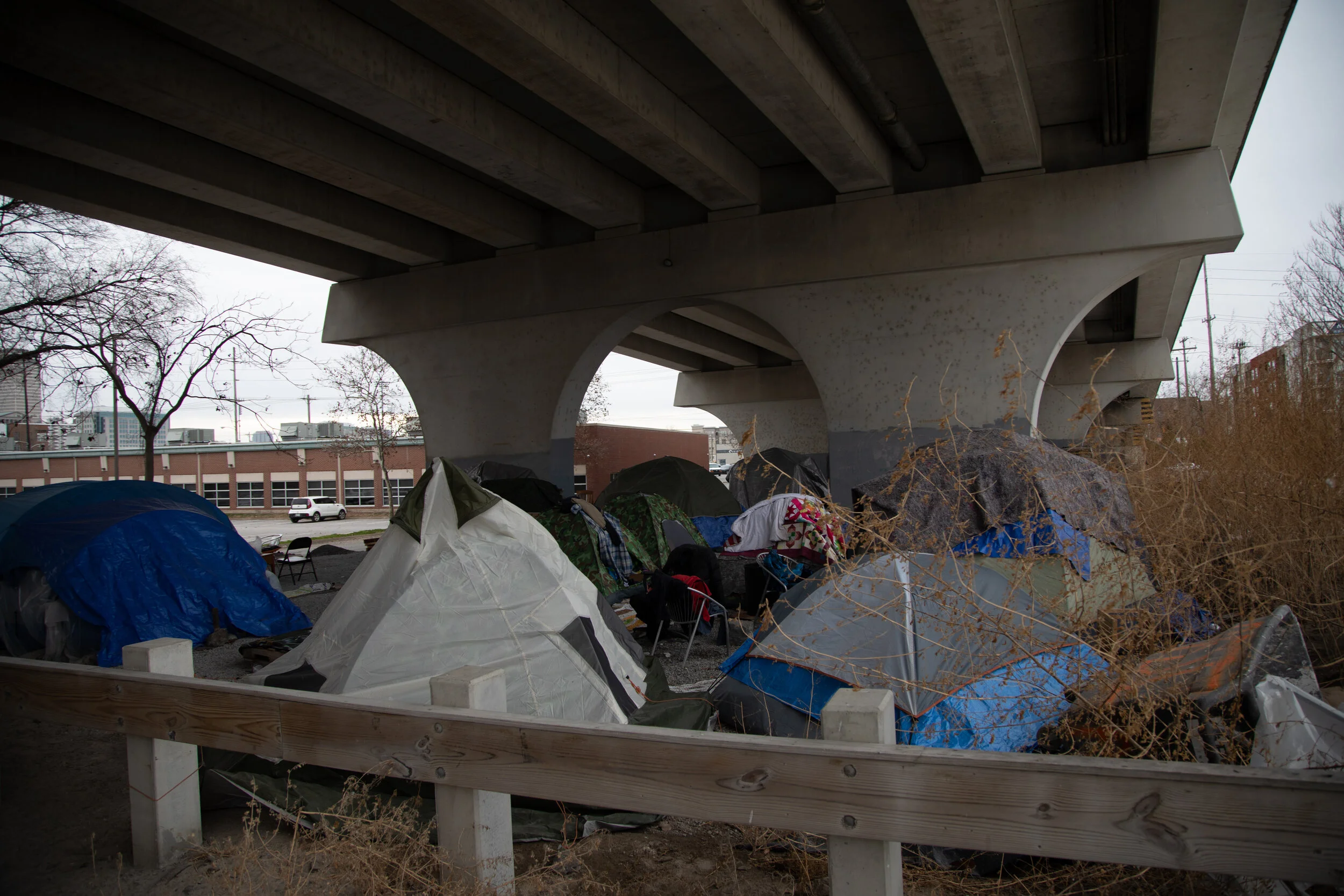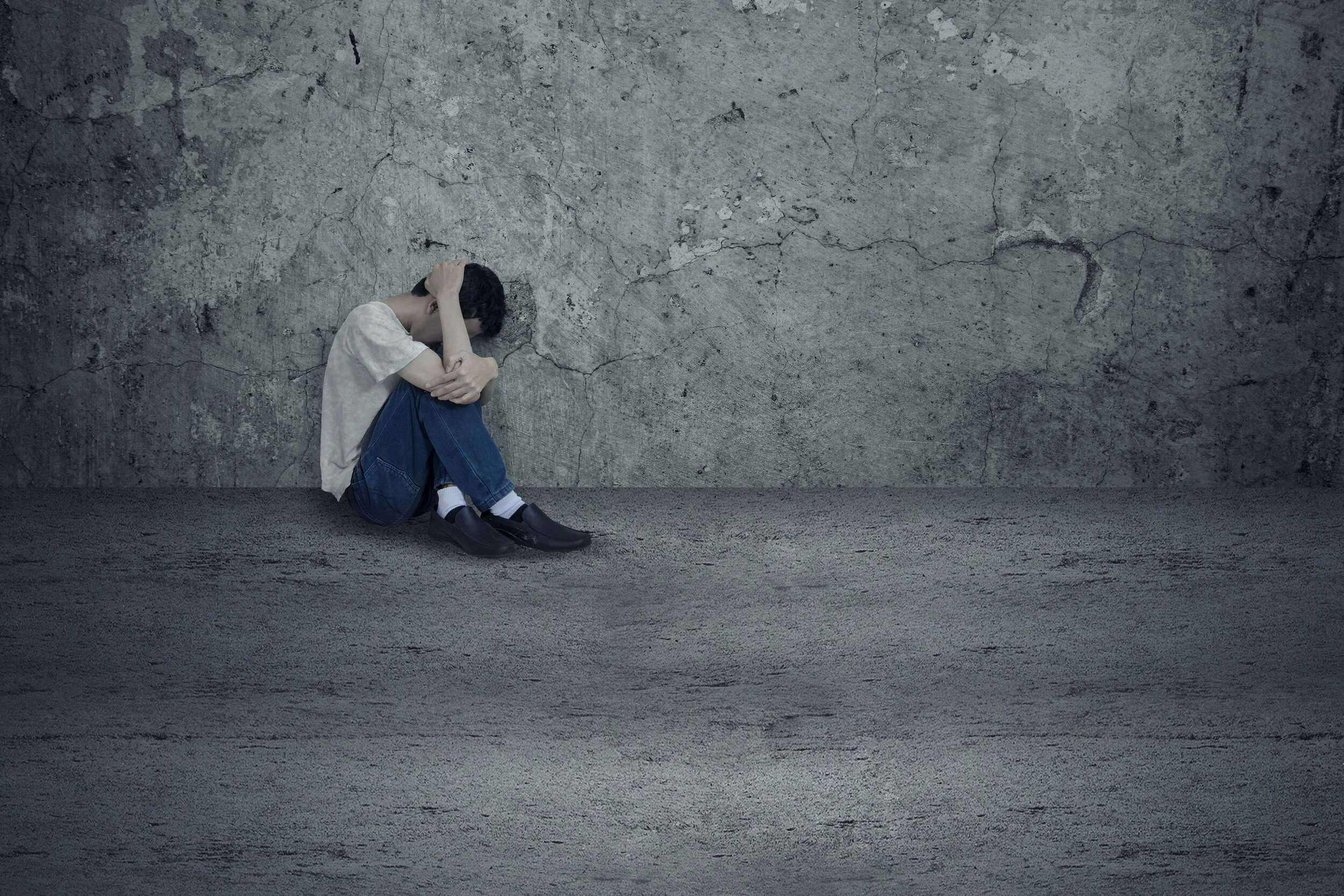Understanding history can help legislators and physicians understand the present and prevent a repetition of mistakes. How the government should treat mentally ill (really brain-diseased) people and where it should house has always stirred up contentiousness among policymakers and personal caregivers. In 1676, the Upland Court of the Pennsylvania colony ordered a village, with the provision of government funds, to build a house solely for the containment of a mentally ill person's dangerous behaviors because no other safe living arrangement.[1]
In northern American colonial times, “poor” people were not just financially impoverished. They had a variety of ailments, disabilities, and illnesses, including mental illness, deafness, blindness, and paralysis of limbs. Many family members or friends of the afflicted cared for poor people in their homes unless they were too violent and unruly.
If no personal supervision was possible, the government invoked care and protection of those who were dangerous (e.g., unable to attend to their basic biological needs due to profound psychosis). In the 1700s, before governments built the insane asylums, they housed and cared for poor people in jails, prisons, and almshouses. The first almshouse existed in Boston, Massachusetts, and segregated residents who behaved abnormally from others, especially in attics or cellars. The impossibility of pharmaceutical sedation limited caregivers to containing aggression and agitation by shackling them to immobile structures.
Salaried-doctors began training students in almshouses. By the end of the American colonial period, almshouses became hospitals.[2] In 1769, the first hospital in the American colonies opened in Williamsburg, Virginia. “Every general practitioner in the pre-Civil War era agreed that insanity was a disease of the brain and that the examination of tissues in an autopsy would reveal organic lesions, clear evidence of physical damage, in every insane person.”[3] A leading physician, Isaac Ray, confidently stated that if pathological autopsy of an insane person showed no abnormality, this just meant that the methods of examination were too crude and not yet advanced.[4] Physicians routinely linked physical ailments to mental distress and recognized that an accidental blunt force to the head could cause insanity.
I remember sipping Greek coffee with my grandmother, aunt, and uncle on the veranda of the house where my father was born and raised. He grew up in Leontari, a tiny rural village in the Greek mountains. They were curious about my profession as I answered many of their questions. Suddenly and coincidentally, we overheard a woman speaking loudly in a disorganized and delusional way as she walked on the road by our house. My grandmother reacted to the sick woman using her native Greek language: "There goes the crazy lady again." The chances of this presumably schizophrenic woman getting treatment for this seemed slim to zero. Leontari's lack of resources, and thus statistics, rendered her invisible to any scientist trying to figure out the prevalence of the disorder. I suspect schizophrenia is just as prevalent in rural areas as it is in cities. Wilhelm, Griesinger, a German neurologist and psychiatrist, reasoned that the prevalence of insanity appeared higher in urban and more advanced countries because treatment, and thus statistical tracking, were better there.[5]
A tragic and disappointing pivot ensued despite physicians expressing no doubt that biological factors caused mental illness. Many of them did not pursue neurological research and rather blamed social dysfunction and stress for mental illness (e.g., loss of property, familial conflict). Even Dorothea Dix, who advocated to improve the treatment toward the sickest of the sick, rhetorically asked the Pennsylvania legislature, “Is it not to the habits, the customs, the temptations of civilized life and society” that caused most of these illnesses?[6] She then referred to rural neighborhoods not encompassing the same prevalence of disorders she witnessed in urban areas.
The notion that the environment, especially the chaos of cities, caused insanity prevailed in the American colonies. The founders of the first public asylums, including medical director Samuel Woodward of Worcester State Hospital in Massachusetts, were confident that mental illness could be cured under the right conditions. They built asylums that eliminated urban irritants. Blandness, uniformity, order, and consistent decor and architecture were the hallmarks of the new asylums. Governments intentionally built them in rural areas close enough to cities for staff members to gather resources to manage the hospitals, yet far enough away to protect patients from the untethered dangers of cities. The medical directors believed that consistent schedules and routines involving work and leisure were curative. They invoked and enforced order, regularity, discipline, and routine in patients’ daily lives. The directors believed that such structures and functions would thwart the debilitating influences of the chaotic and urban environment. Yet no research ever showed that any of these measures were therapeutic.
After the Civil War, physicians considered that mental illness was genetic, but in cautionary fashion, still touted the belief that heredity alone could not cause mental illness. Deinstitutionalization occurred many decades later. Criteria for inpatient admission eventually became overly restrictive. Inpatient lengths of stay dwindled. Although we still don’t have a cure for mental illness, we are certain that what’s typically referred to as mental illness is really a brain disease. In my upcoming articles, I will report on the book, Madness in the Streets: How Psychiatry and the Law Abandoned the Mentally Ill, by Rael Isaac and Virginia C. Armat, which illustrates how and why the antipsychiatry movement began.
[1]Rothman, David J. The Discovery of the Asylum: Social Order and Disorder in the New Republic. Boston, MA: Little, Brown and Company, 1971.
[2]Shryock, Richard H. Medicine and Society in America: 1660-1860. Ithaca, NY: Cornell University Press, 1960.
[3]Rothman, David J. The Discovery of the Asylum: Social Order and Disorder in the New Republic. Boston, MA: Little, Brown and Company, 1971.
[4]Ray, Isaac. A Treatise on the Medical Jurisprudence of Insanity, 3rd ed., 69:129–30. Boston, MA: Little, Brown and Company, 1853.
[5]Griesinger, Wilhelm. Mental Pathology and Therapeutics, 2nd ed., 138–39. London: New Sydenham Society, 1867.
[6]Dix, Dorothea Lynde. Memorial Soliciting a State Hospital for the Insane, Submitted to the Legislature of Pennsylvania. Harrisburg, PA, February 3, 1845.



















